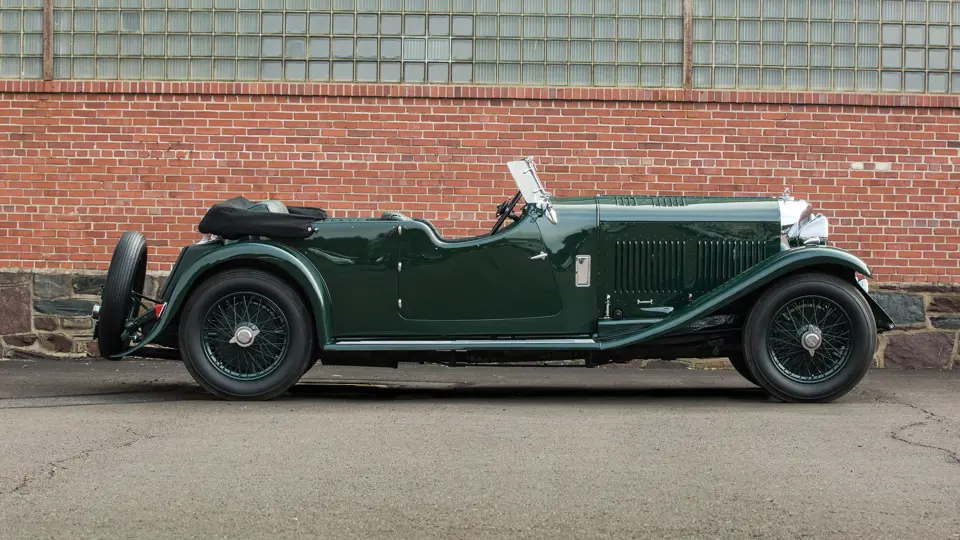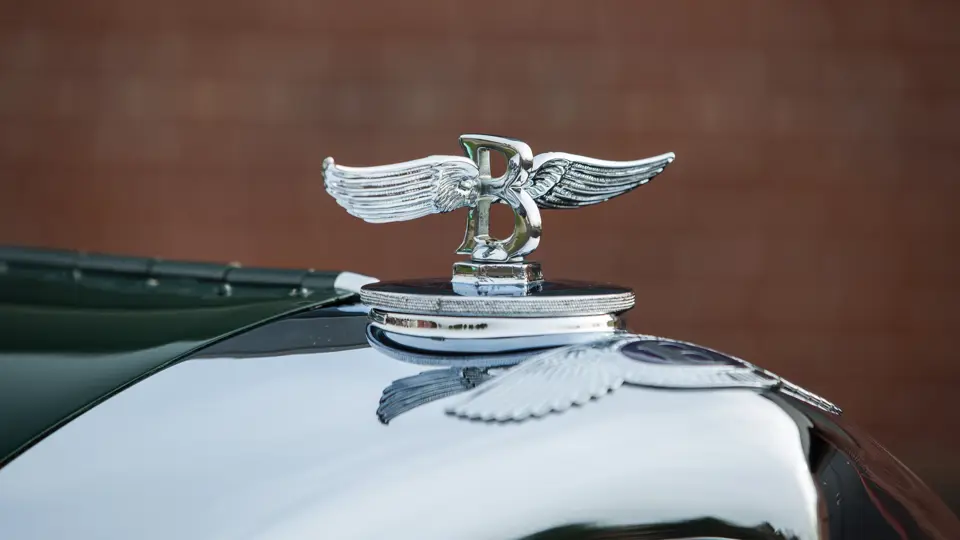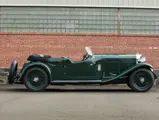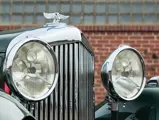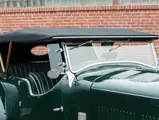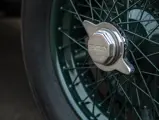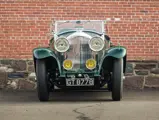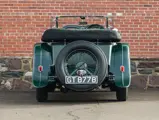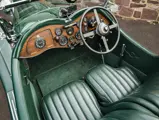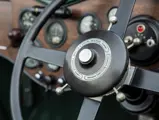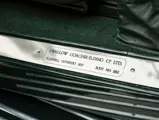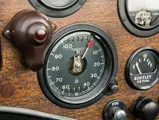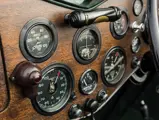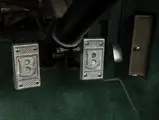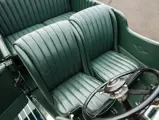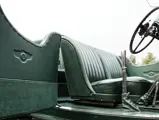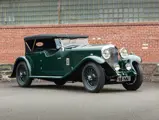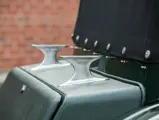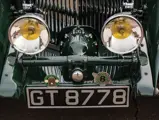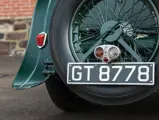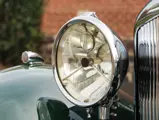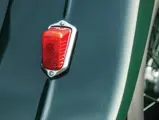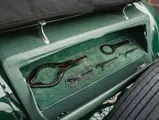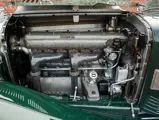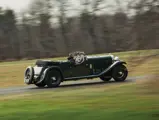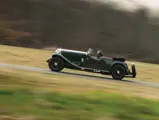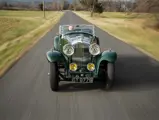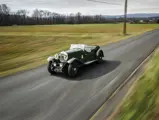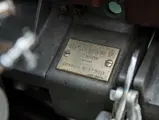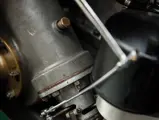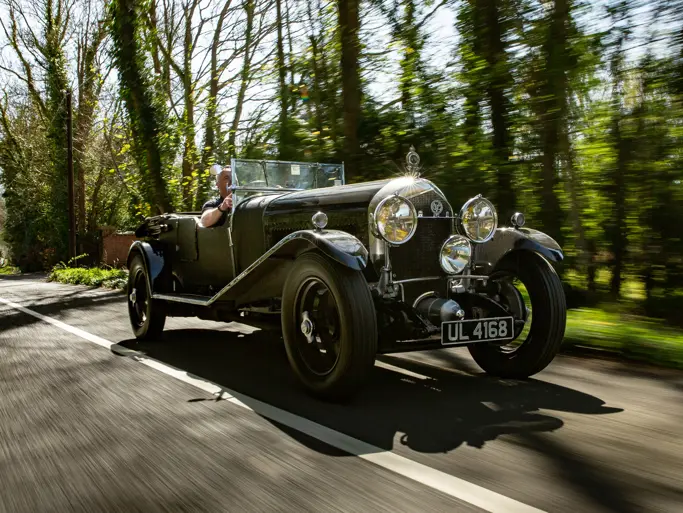
1931 Bentley 8-Litre Tourer by Swallow
{{lr.item.text}}
$1,000,000 - $1,250,000 USD | Not Sold
{{bidding.lot.reserveStatusFormatted}}
- Formerly of the Norris Allen collection
- The 13th of only 100 8-Litre Bentleys produced
- The factory distributor for Société Européene Bentley Automobiles SA of France
- Numbers-matching engine and chassis with era-correct tourer body
- Documented by noted Bentley specialist Clare Hay
220 bhp, 7,983 cc SOHC inline six-cylinder engine with dual SU HO8 carburetors, four-speed “F”-type manual transmission, live front and rear axles with Woodhead semi-elliptic leaf springs, André Hartford tele-control shock absorbers, and Dewandre L3 servo-assisted four-wheel drum brakes. Wheelbase: 134 in.
THE BENTLEY 8-LITRE
The gentleman sportsman reviewing the selection of fine automobiles available to him in 1930 would certainly have been tempted by the 8-Litre Bentley. For the man who had everything, it was the automobile that had everything. Presence: it was over 20 feet long and as tall as a man, with an engine compartment more reminiscent of a locomotive than a car. Style: it was ideally proportioned for beautiful custom coachwork. Engineering: the exhaust pipe was asbestos-lagged, encased in aluminum to reduce resonance, and then coupled to a silencer the size of a 20-gallon waste bin; the starter engaged with surgical precision. Performance: even with the heaviest custom coachwork, the 8-Litre was incredibly brisk and capable of 100 mph.
“This car can be driven really softly on its high top gear, as slowly as a man walks, and can accelerate from that without snatch and without difficulty,” proclaimed The Autocar.
In every sense, the 8-Litre was probably the greatest British automobile ever produced. Yet, only 100 chassis were built before the sheer cost of developing and building such a machine drove the company into receivership. Other Bentleys would come in the following decades, but the 8-Litre was the last of the “W.O.s”—the great driver’s cars built under Mr. Bentley himself.
CHASSIS NUMBER YF5013
According to the research of renowned vintage Bentley specialist Dr. Clare Hay, chassis number YF5013 was the 13th of the 100 8-Litres built. It was delivered as a company demonstrator on the Continent, to Société Européene Bentley Automobiles SA, near Paris, France, on March 1931. Perhaps to better appeal to local clients, Bentley Motors commissioned the car’s four-door sports saloon coachwork by Jacques Saoutchik. The car was registered in France as 4379 RE9 and is known to have been displayed in a local concours d’elegance in period.
After the Bentley company’s sale to Rolls-Royce, this car was included as “new-old stock,” sold to the famed London Bentley dealer Jack Barclay. The following month, December 1931, longtime Bentley client and prominent British politician Sir John Jarvis acquired it from Barclay’s, trading in his 6½-Litre on the purchase. Over the next few years, the car was continuously updated, including with the addition of Andre shocks, a popular period feature. Sir John used the car for four years before sending it to the prestigious London coachbuilders Hooper, in 1935, for a new all-weather tourer body.
Passed in May 1938 to S.G. Howard, the car was seldom used thereafter during the duration of World War II. Still wearing its second Hooper body, it was acquired in 1950 by Wentworth L. Rowland, passing in the mid-1950s to the first American owner, George C. Chilberg, who brought it to the United States.
In December of 1962, the Bentley was purchased by the late Norris Allen, a highly respected Rolls-Royce and Bentley collector from St. Louis, Missouri. Known for his long-term stewardship of numerous important models from both marques, Mr. Allen elected to have the car restored in a more sporting configuration. The Hooper body was removed, and the chassis was shortened to 11 feet, 2 inches, as on the Speed Six team cars, while a new custom open four-seater body was built by Swallow Coachbuilding of Coventry, accented by British Racing Green paint, Lucas P100 headlamps, and Lucas “snail pattern” sidelights. Fortunately, the car retains its original radiator and cowl, as well as its 1935 engine bonnet with the distinctive molding line above the hinge. The wings and running boards are believed to have been retained from the Hooper body and suitably shortened. An overdrive was installed as, in its shortened and lightened form, chassis number YF5013 would have been under-geared with its standard 3.53:1 ratio.
The restored Bentley remained part of Mr. Allen’s collection until his passing in 1995 and was then sold to Bill Ford, who displayed it at the Bentley Drivers’ Club North America meet the following year. Today offered from long-term ownership, it is accompanied by Dr. Hay’s comprehensive report on the car, its history, and its components, validating it as a correctly re-bodied example that retains the majority of its original mechanical components, including its engine, front and rear axles, and shortened frame. The report contains extracts from the Hooper ledgers and significant other period correspondence relating to the history of this fascinating automobile; it is suggested reading for any prospective buyer.
An ideal Bentley for experiencing the power and agility of the 8-Litre model, this car is accepted for any further BDC activities, as well as numerous other tours and rallies worldwide. It is true to “W.O.’s” heritage as a proven “driver’s car,” which can be used and enjoyed, with the wind in one’s hair and the joyful mechanical symphony of a properly tuned Bentley rushing back from the long hood. For the enthusiast who wishes to enjoy such a masterpiece on the road, there is simply no better choice.

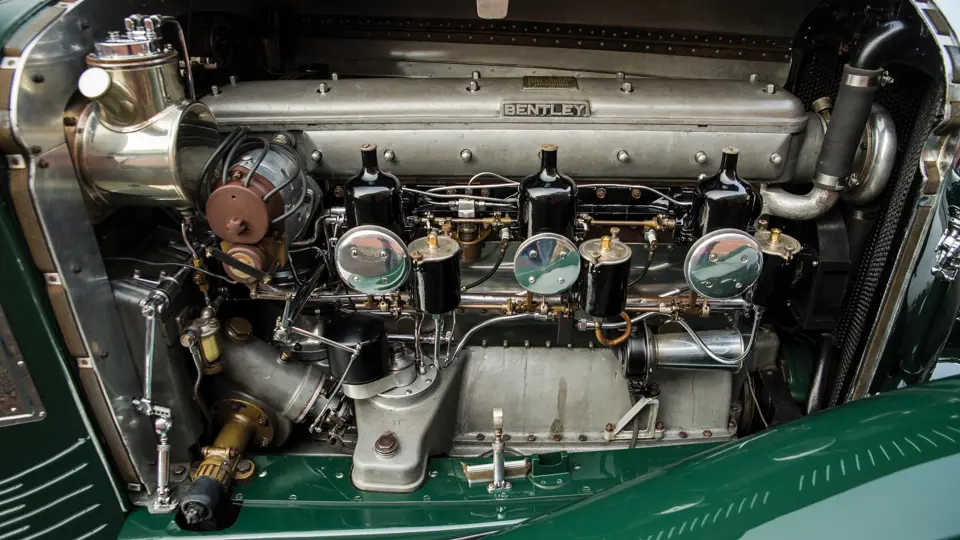


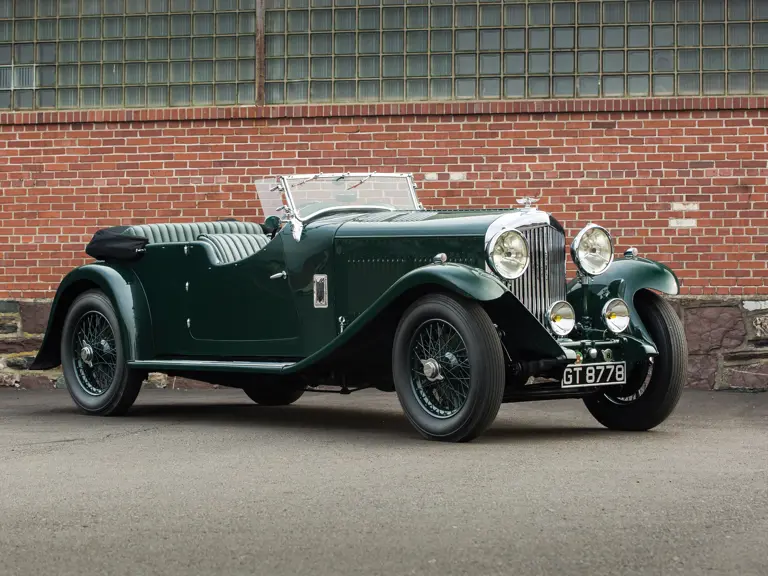
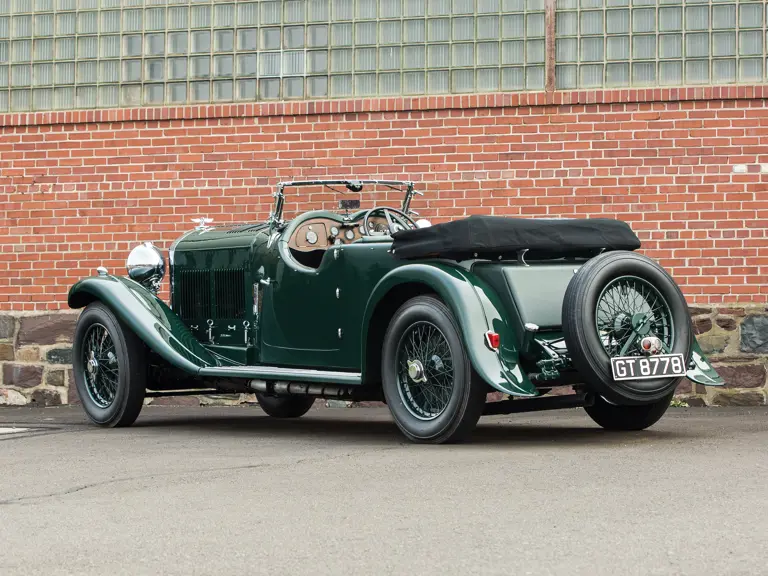
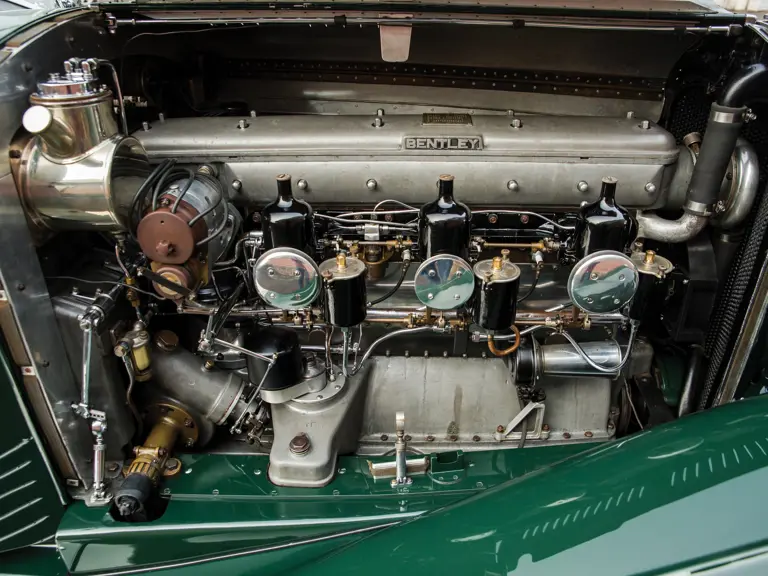

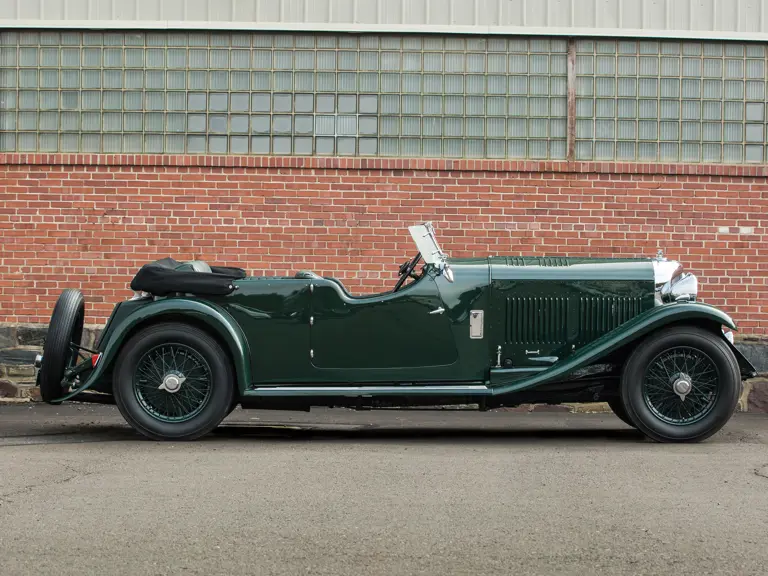
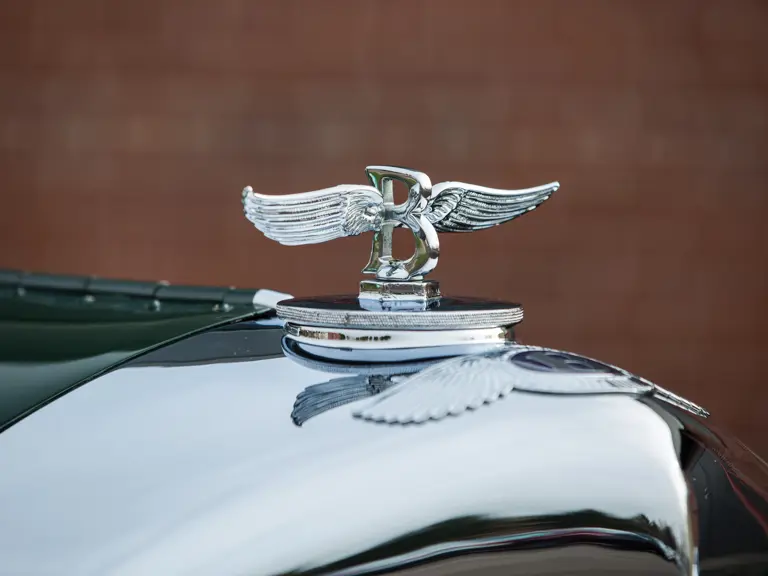

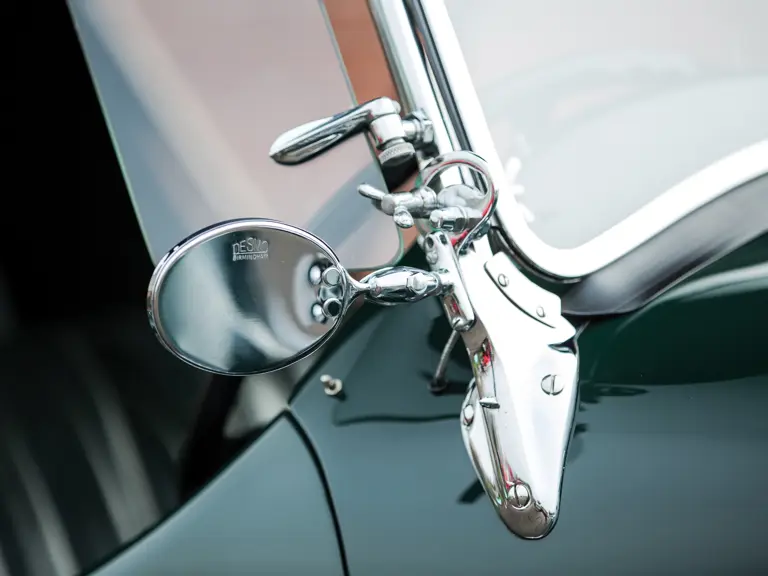
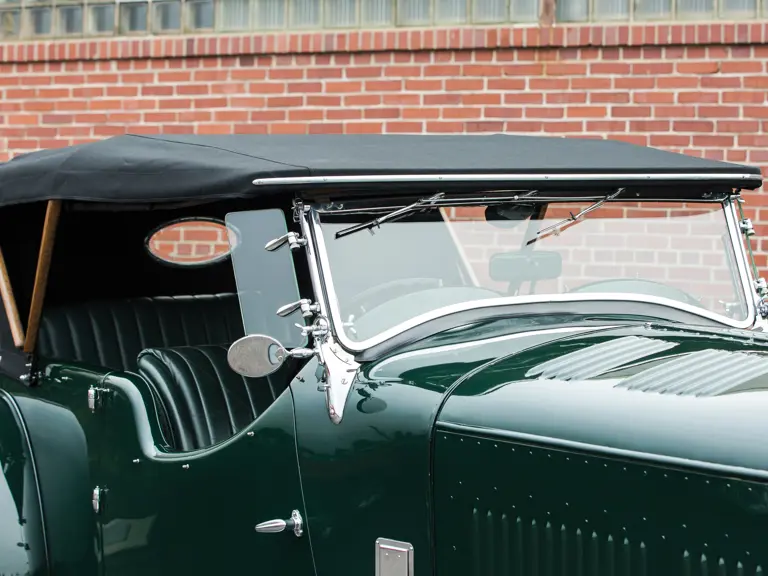
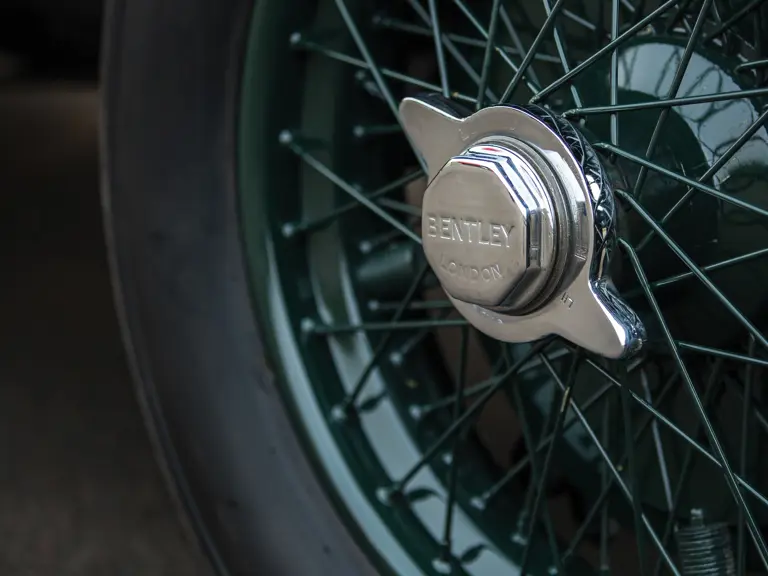



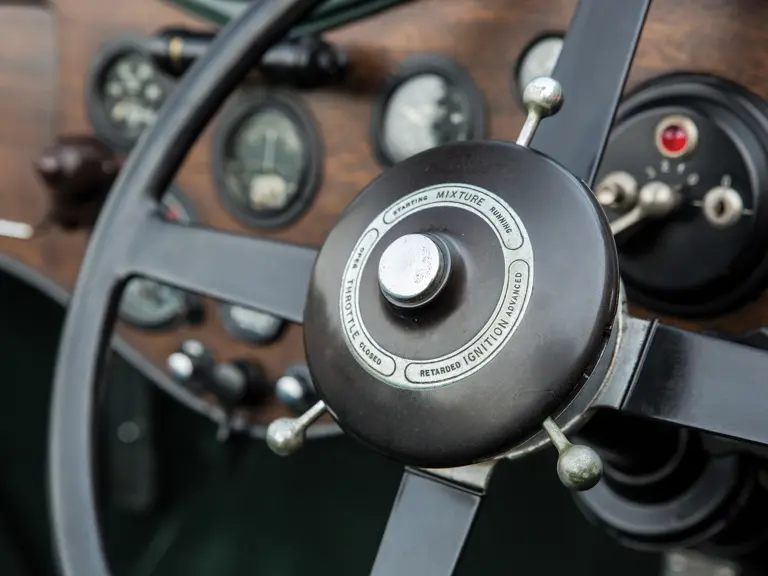

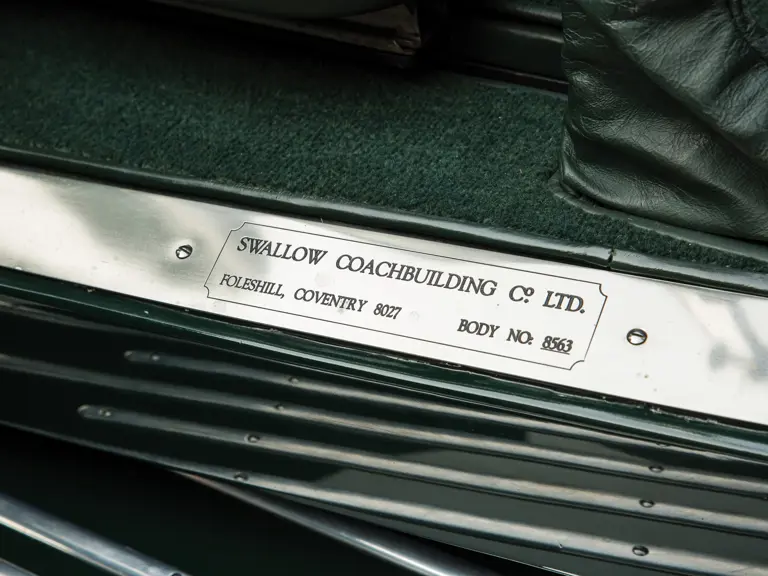
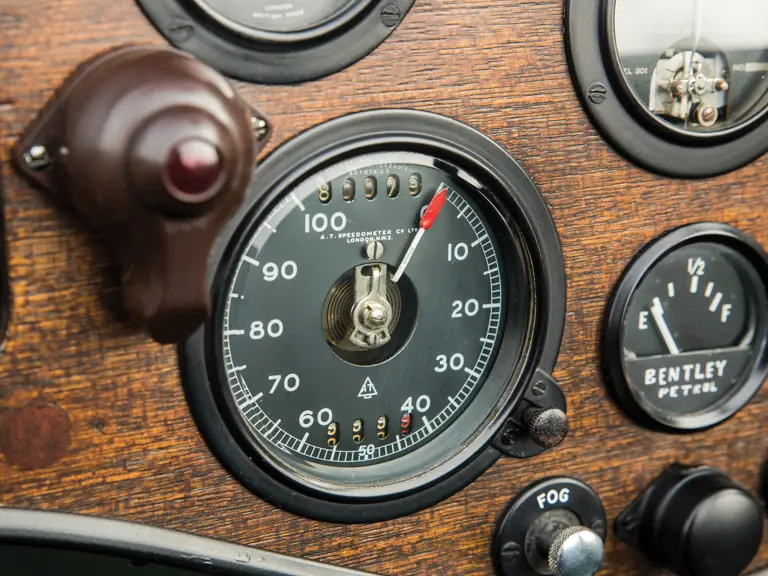
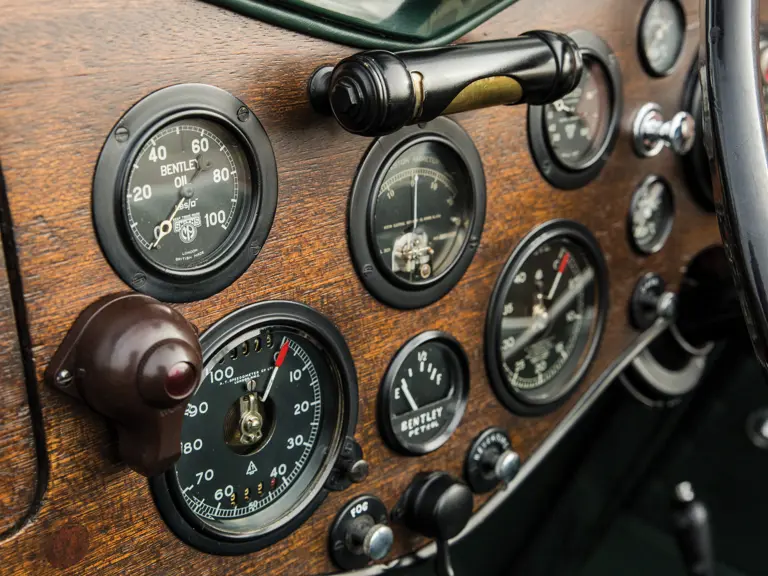
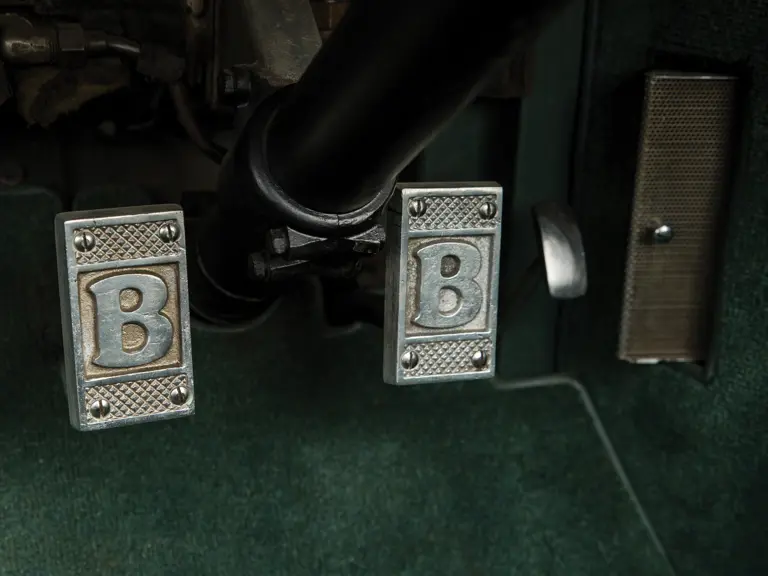
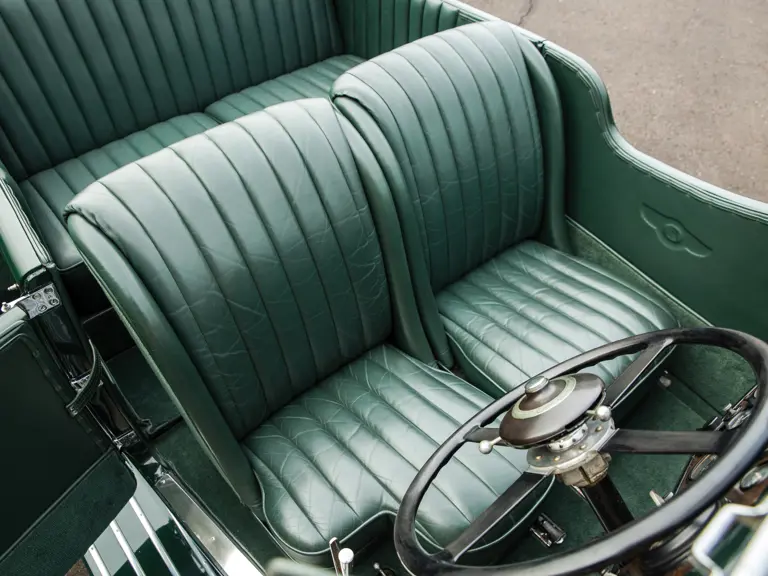

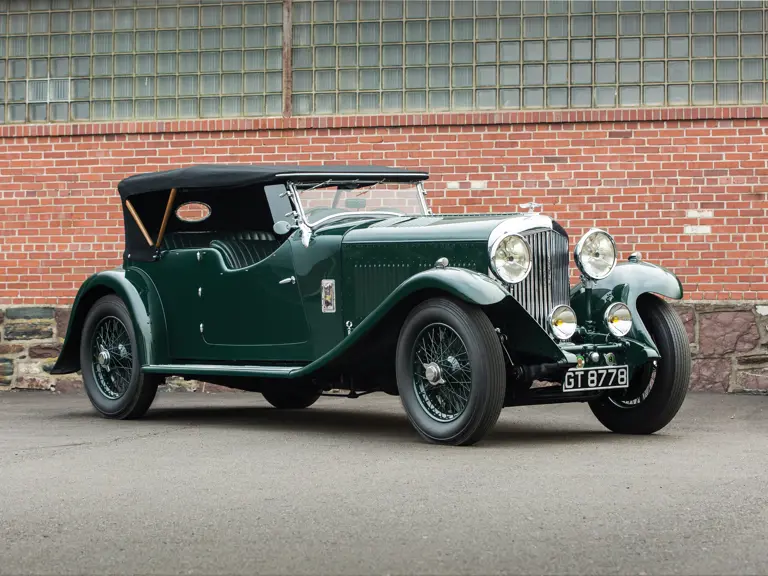
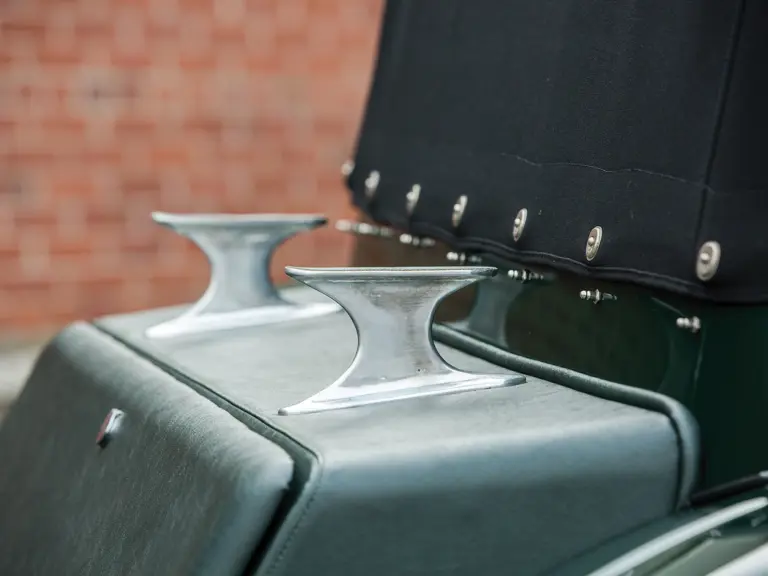

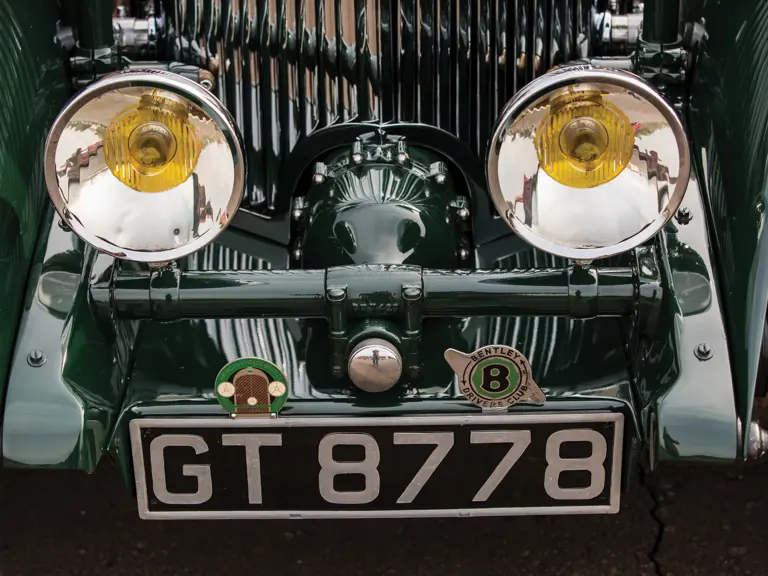
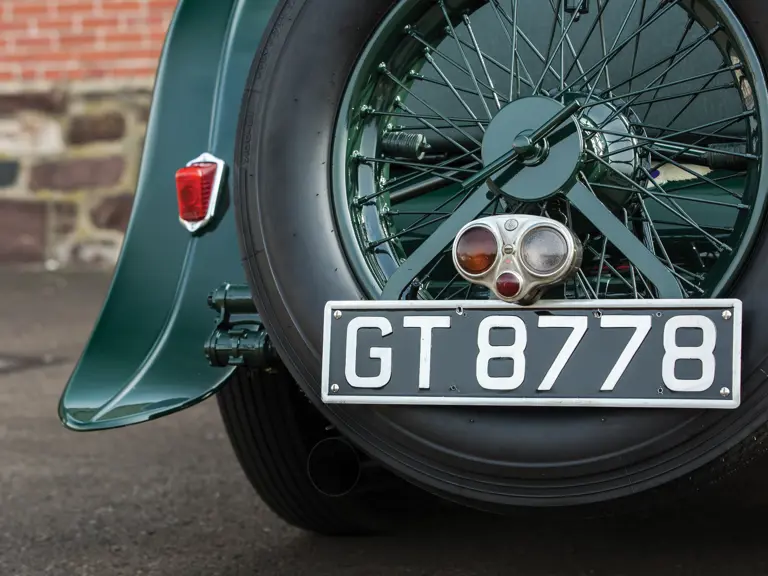


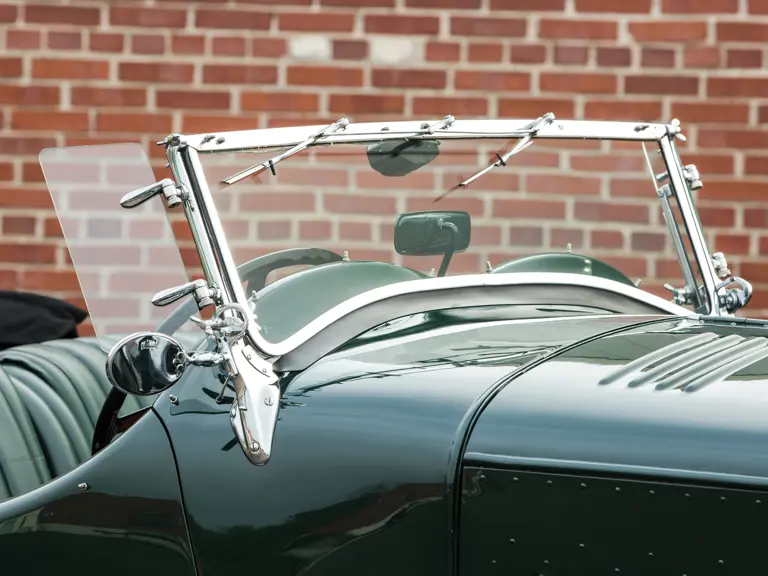
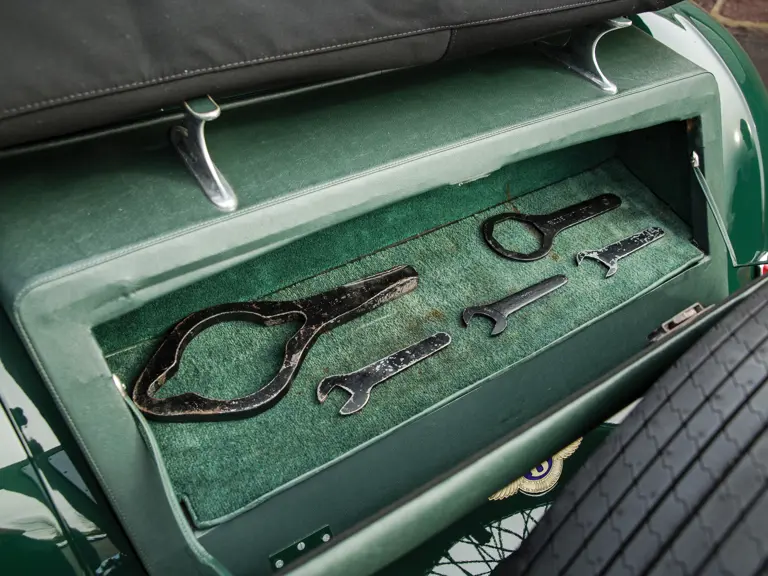
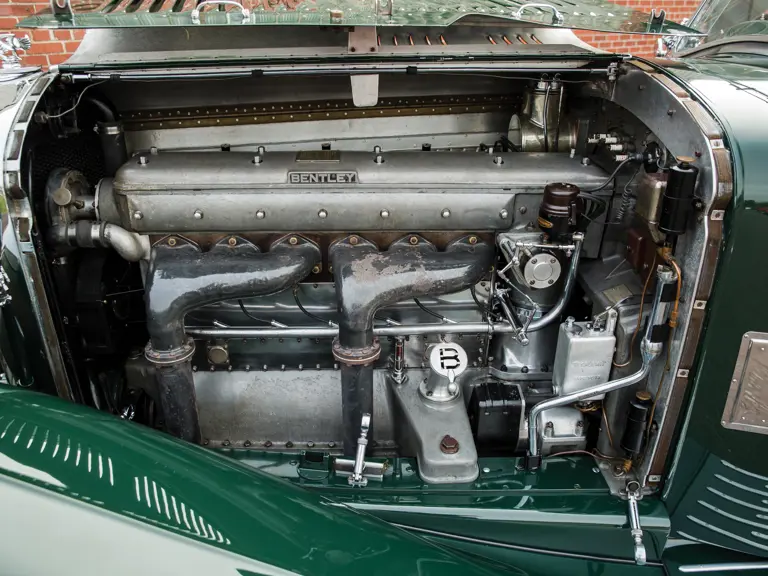
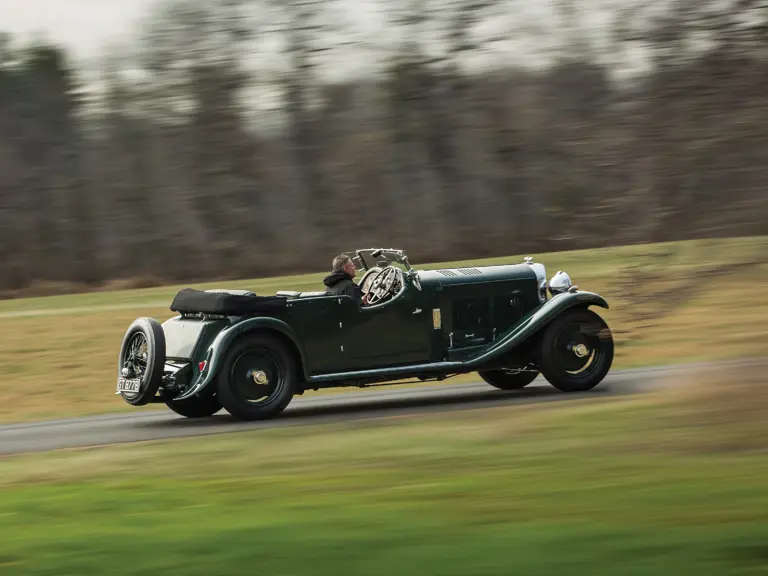
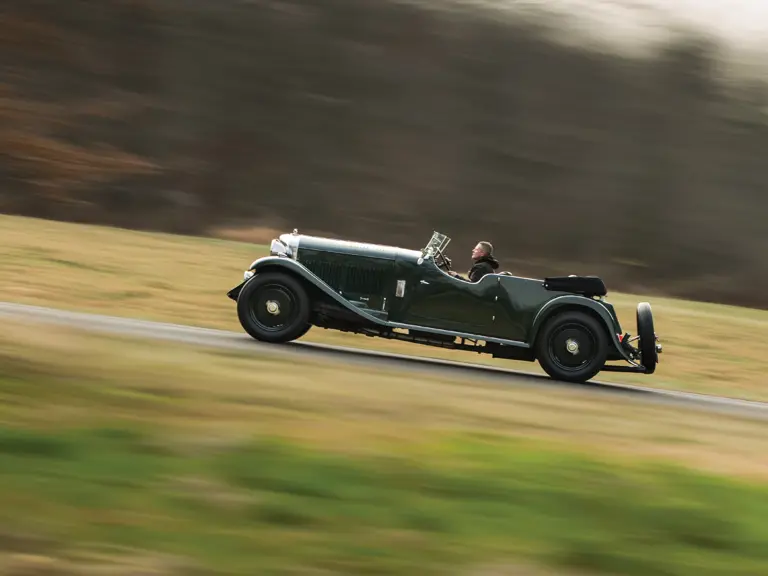
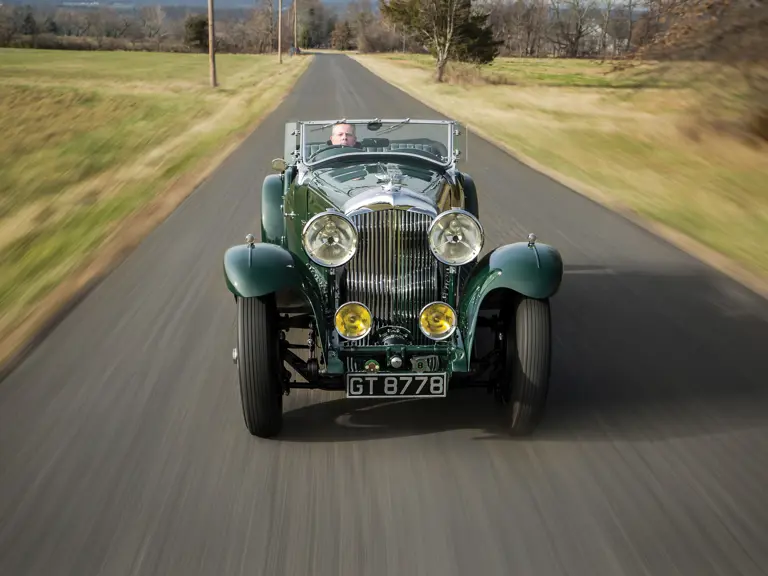
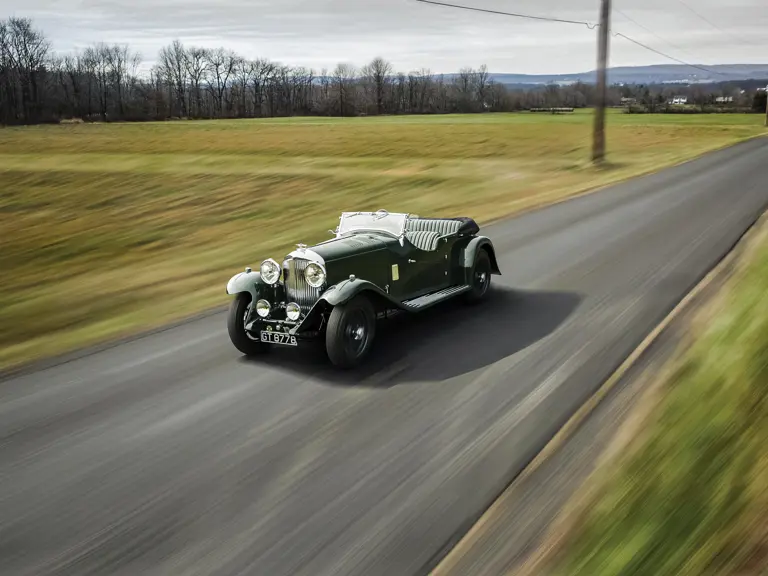
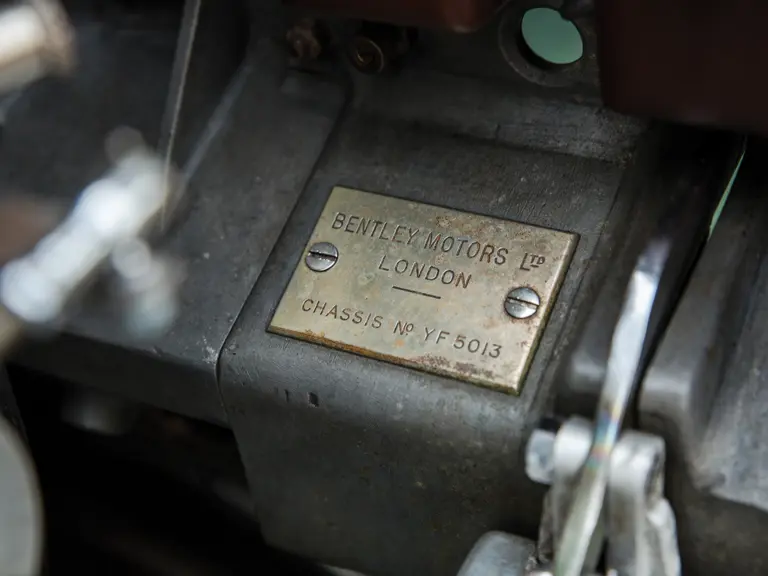
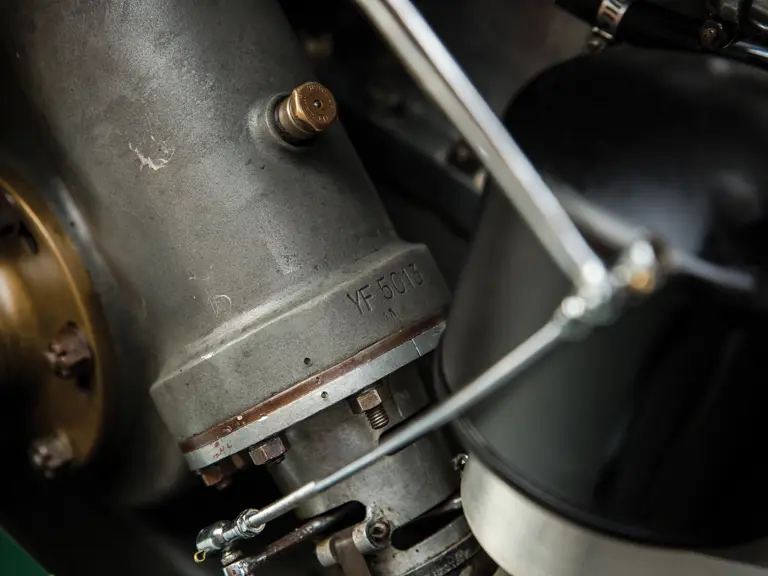
 | Amelia Island, Florida
| Amelia Island, Florida
